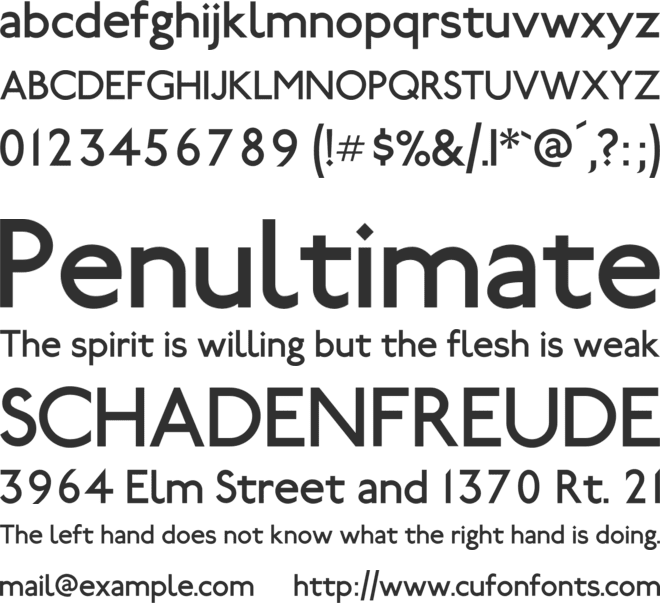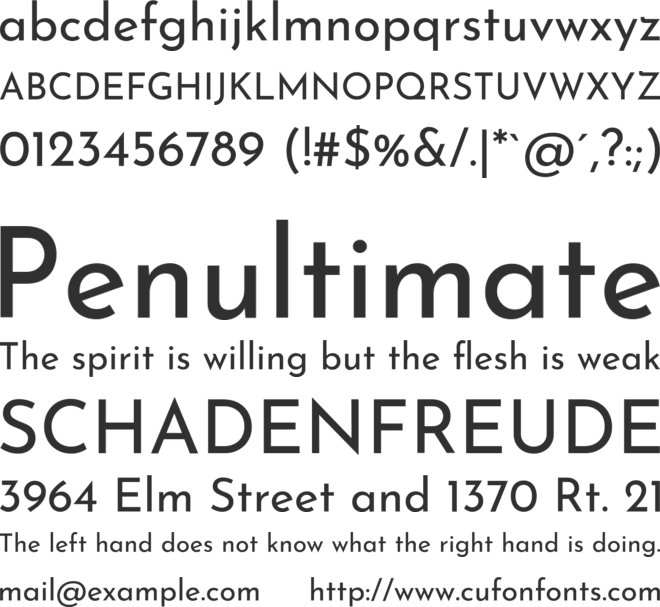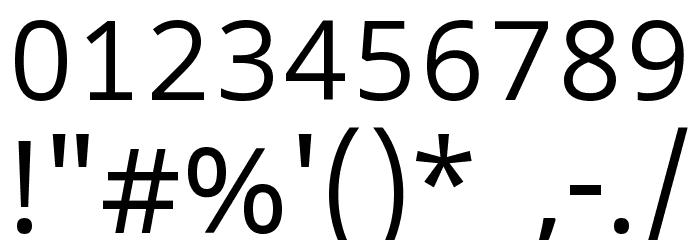


Various characters designed to be used with figures may also have oldstyle versions.įunction: Replaces default alphabetic glyphs with the corresponding ordinal forms for use after figures. The user invokes this feature to get oldstyle figures, which fit better into the flow of normal upper- and lowercase text. In the string 11/17 selected by the user, the application turns the 11 into numerators, and the slash into a fraction slash when the user applies the fraction feature.įunction: This feature changes selected figures from the default lining style to oldstyle form. The user applies this feature to text to enable localized Bulgarian forms of Cyrillic letters alternatively, the feature might enable localized Russian forms in a Bulgarian manufactured font in which the Bulgarian forms are the default characters.įunction: Replaces selected figures which precede a slash with numerator figures, and replaces the typographic slash with the fraction slash. This feature enables localized forms of glyphs to be substituted for default forms. In some cases the localized form differs only subtly from the script 'norm', in others the forms are radically distinct. For example, a number of letters in the Bulgarian and Serbian alphabets have forms distinct from their Russian counterparts and from each other. In cases where lining figures are the default form, this feature would undo previous substitutions.įunction: Many scripts used to write multiple languages over wide geographical areas have developed localized variant forms of specific letters, which are used by individual literary communities. Various characters designed to be used with figures may also be covered by this feature. The user invokes this feature in order to get lining figures, which fit better with all-capital text. The glyph for ffl replaces the sequence of glyphs f f l.įunction: This feature changes selected figures from oldstyle to the default lining form.

This feature covers the ligatures which the designer/manufacturer judges should be used in normal conditions. The user enters 3/4 in a recipe and gets the threequarters fraction.įunction: Replaces a sequence of glyphs with a single glyph which is preferred for typographic purposes. In the string 11/17 selected by the user, the application turns the 17 into denominators when the user applies the fraction feature.įunction: Replaces figures separated by a slash with 'common' (diagonal) fractions. The dashes, bracketing characters, guillemet quotes and the like shift up to match the capitals, and oldstyle figures change to lining figures.įunction: Replaces selected figures which follow a slash with denominator figures. The user selects a block of text and applies this feature. Also, lining figures are the same height (or close to it) as capitals, and fit much better with all-capital text. Some characters should be shifted vertically to fit the higher visual center of all-capital or lining text. By default, glyphs in a text face are designed to work with lowercase characters. Function: Shifts various punctuation marks up to a position that works better with all-capital sequences or sets of lining figures also changes oldstyle figures to lining figures.


 0 kommentar(er)
0 kommentar(er)
